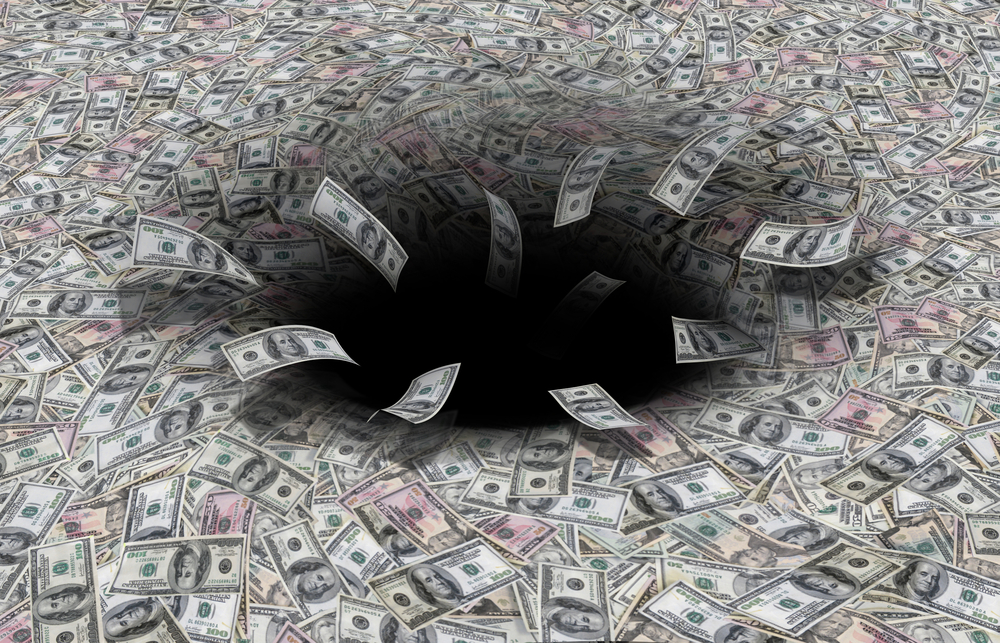
Did you know that if you start early and save diligently, you could easily finance the retirement of a total stranger?
That’s right. A total stranger. If you pay the big fees charged by mutual funds and high-priced active money managers, those costs can total up to more than $400,000 over your working life, according to a new study released by the Center for American Progress. Plenty enough to keep your advisor fat and happy long after you retire and stop paying him or her.
I say “total stranger” because that’s how close most people are to the advisors they get. “Haven’t talked to him in years” is a common refrain I hear.
Of course, it’s not quite that obvious and direct a transfer of your wealth. That’s because money managers have mastered the long con on fees. It’s only 1%, they say. Not to worry.
It’s never “only” 1%. As your portfolio grows over the years, so does the dollar value of that slice. When you start out, of course, 1% of a small amount of savings isn’t much. You’re not likely to notice it.
But then a very one-sided calculation takes root. Say you have $100,000 invested in the markets. The 1% is going to be $1,000 a year.
You might think of that as inconsequential. You might really like your manager. There was that time she talked you into selling before the market fell. (It recovered, but that’s common enough.) Or the time he got you to buy an international fund that beat the S&P 500. (At least once, anyway, yet you still own it 10 years later.)
Good times, but consider this: If your portfolio increases by 10% in a given year, your manager’s take is on the whole portfolio, not the annualized gain. You made $10,000 while he or she takes 1% of your new nest egg total of $110,000.
That’s right, $1,100. The 1% is really 11% of your gain. Did you agree to pay out 11% of your annual return? Really?
Rolling in it
Let’s say next year the market has a tough time of it. Your portfolio takes it on the chin, losing $25,000. You are down to $85,000. Bad news, I know.
Your manager? She’s taking 1% again. She’ll make $850 on you as a client no matter what happens to your portfolio. Imagine the next year you regain the lost ground, so you’re back to $100,000.
That’s right, another $1,000. Over three years your portfolio has not moved one dollar higher but your financial advisor is rolling in it, up $2,950.
It gets worse. That money is now out of your portfolio. It won’t be growing on your behalf from here on. Instead, it will be growing on behalf the fund managers and financial advisors who picked your investments.
Your account balance will grow, of course. Over time it cannot help but grow larger. But it could be much larger, except that it’s getting continually sandbagged by fees.
The simple math is this: You will be lose between 30% and 50% of your potential investment gains to unnecessary fees. If you are a typical IRA investor, you probably pay — all in — somewhere between 1.5% and 2% for your retirement “help.”
Managers like to make the argument that their efforts pay for themselves. But the research shows that only a small fraction of them manage to beat the indexes, and often just barely.
Years of losing money
That list of supposed superstars is not static. The best performing mutual funds change from year to year. You could easily get in on the hottest fund just as it starts down the path toward years of underperformance.
Pick the recent losers, then? Sounds like a strategy, except that the big fund companies tend to fold those after a while. A mutual fund manager who loses money is unemployed sooner or later and your money is moved along to bootstrap a new fund in need of incoming capital.
The simple answer, as the research shows, is to avoid active management altogether. Owning a basket of low-cost index ETFs and rebalancing them with discipline is the surest way to assure that most of your retirement dollars keep working for you, not for your manager.





